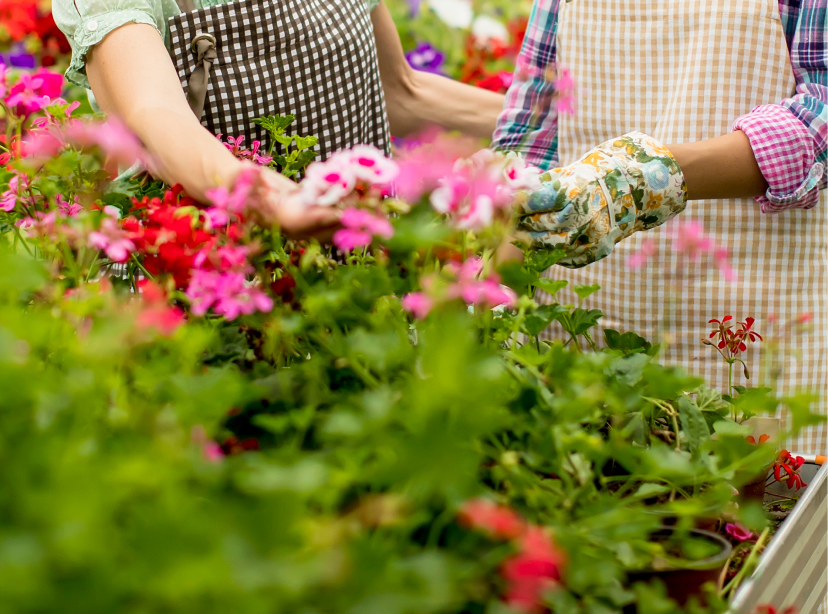We've all heard the saying "an apple a day keeps the doctor away," and more recent research has confirmed that apples have wonderful health benefits. Apples can be a great source of fiber, vitamin C, boost the immune system, encourage heart and brain health, and even fight diabetes and cancer. In addition to their numerous health benefits, apples are simply a delicious treat! They come in many varieties and taste great in pies, cakes, sauces, vinegar, juices, smoothies, and more.
Curious about growing your own apple tree? We’ve compiled a list of six simple steps to help you get started:
1. Know your growing conditions
Consider temperature first. This is an essential factor for your plants to thrive. Apples, depending on the type you want to grow, must be planted in USDA hardiness zones 3-9. Soil quality is also an important consideration. The best soil for apples is loamy, sandy, and well-drained. It's also best to have a PH of 6.0–7.0, which is slightly acidic to neutral.

2. Inspect your area
Find a location where your trees can grow 15-30 feet apart, or 10-15 feet apart for dwarf trees. In the winter, the area must also be protected from wind gusts that can saturate the soil and cause uprooted trees.
3. Plant properly
As soon as early spring arrives, start digging a hole. The ideal measurement is 6 to 12 inches wider and about 18 to 24 inches deep than your root ball. After digging, fill the hole with water for 30-60 seconds. Plant your apple sapling or tree with garden soil up to the point where it reaches the trunk of the tree, and then mulch over the soil. This will provide your plant with a strong foundation.
Next, water your trees for 30 to 60 seconds. Continue watering them weekly for the first year as new trees can grow an inch every week. One long watering per week will benefit your tree more than several short watering sessions due to the roots' increased ability to absorb water.

4. Mulch, compost, and fertilize
Mulch and compost are most effective if used in late spring to late fall. Mulch and compost help keep weeds at bay while hydrating your trees and providing important nutrients, such as natural hydrogen. After your trees have fully grown and matured in 3 to 4 years, you can fertilize them.
5. Prevent pests
Build a fence around your apple trees to prevent animals or other pests from eating the fruits or damaging the branches. When the first frost of the year comes, consider covering your trees with burlap or a protective wrap to protect them from cold weather and wind gusts. You can remove any protective coverings in the spring.
6. Prune for healthier plants
Recently planted apple trees should not be pruned. To produce the highest quality apples, you should wait at least one year before pruning and only do minor pruning in subsequent years.
After the first year, you might find some trees with fewer buds that can be pruned. Prune these trees with small cuts to make sure they're ready for the growing season. You may also find branches that are broken, dread, or growing downward. In these cases, prune these branches with gardening shears or loppers, but be careful not to go overboard with the pruning which can weaken your trees.
Apple trees can make a wonderful addition to your garden or backyard. With a little time and attention, your apple trees will thrive and you can enjoy delicious fruit for years to come. Happy planting!




